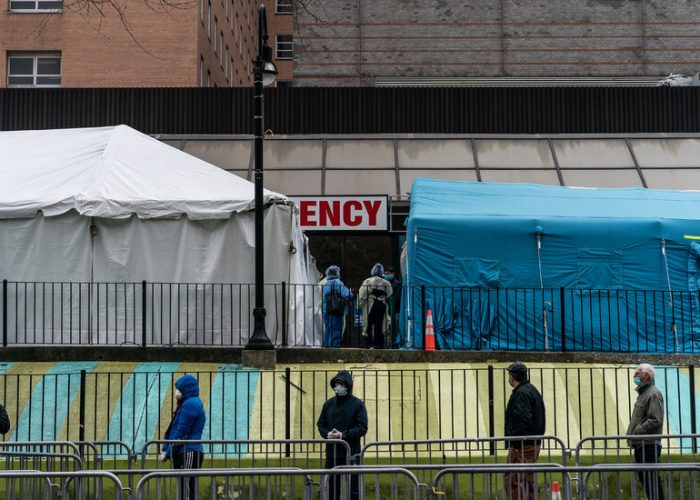Many people in these neighborhoods lived in small homes with relatives or friends, splitting high rents. Others lived among strangers, paying for a room or maybe just a bed. And they often held construction jobs, drove taxis, cleaned buildings or cooked in kitchens, among other service work.
Many could not socially distance at work or at home.
And many undocumented immigrants in the neighborhoods did not have health insurance or a primary care physician.
New Yorkers did not realize that by mid-March the coronavirus had already been circulating for weeks, and people and institutions struggled to understand a new and dangerous disease.
On a micro level, Queens residents like Yimel Alvarado, who worked in a nightclub in Corona, played down early symptoms: She initially thought her sickness was just a cold.
On a macro level, doctors at places like Elmhurst Hospital, which serves the communities, had to rethink their assumptions, including the idea that the virus always revealed itself with fever, coughing and respiratory distress. Doctors soon encountered a growing number of symptoms among the flood of patients who appeared.
Even people who regularly dealt with death were shaken by the viruss toll. Tom Habermann, 34, manager and resident mortician of the Guida Funeral Home, drove from hospital to hospital, collecting bodies. In eight weeks in the spring, the home handled as many deaths as it usually does in an entire year.
Sometimes, at the end of the day after his rounds, he cried.read more
How the Virus Swept Through a Corner of Queens


